QuestionHi,
Here are the basics:
*1 gallon tank (yes, I know they're better in 2.5gal!)
*mini heater that is monitored to 78 degrees
*just got him last month
*food - omega one flakes
*i do use aquarium salt
My Betta has been suffering for constipation due to overfeeding and flaked food for a few weeks now. When I first got him, he wouldn't eat pellets, so I fed him flakes like they did at his pet store. He loved eating so much more than my past Bettas and I accidentally overfed him.
I first noticed that he wasn't having any bowel movements, but continued to feed him. Once I noticed swelling in his stomach, I fasted him for a day and feed him some pea. He LOVED the pea! That didn't work however. I gave up on fasting him and decided to try Epsom salt. He freaks out during Epsom salt baths, but I gave him a short one. Up to this point I had done 1 salt bath and fed him peas twice.
Yesterday, he started floating on his side. He has been positioning himself between the side of the tank and the heater because it helps him stay upright. I just did a water change and was happy to find feces at the bottom of the bowl. However, I'm worried about his swim bladder. I started fasting him again yesterday, and did another Epsom salt bath while changing his water tonight. I will feed him a pea tomorrow.
It really worries me that he's floating on his side, and his spine is in the "s-shape" typical of SBD. The only other option I've read about that I haven't tried is Daphnia. Would you recommend that? Or something else? I would love to know how you suggest I proceed with his treatment, and if there is anything I can do to make his life a little easier!
Thank you so much!
Jaci
Answerdo you have a filter??
SWIM BLADDER DISEASE
Symptoms: Erratic Swimming Position
Loss of equilibrium
Fish will be unable to maintain buoyancy
Swim Bladder Disease General Description
Swim bladder disease is a multifactorial illness which primarily affects ornamental goldfish which have globoid body shapes, like orandas, ryukins, and fantails. It most often presents as a fish which floats at the surface, or a fish which stays on the bottom and doesn't seem to be able to easily rise. A fish which has normal buoyancy but is listing to one side or the other often does not have swim bladder disease, but may have other diseases.
Swim Bladder Disease Treatments
This is a problem more common in fancy goldfish, and there is no cure for it. Feeding medicated food (see bottom of page), adding salt to the tank, feeding peas, and raising the temperature to 76 degrees may help but only for a short time. Eventually the fish may be unable to eat and will have to be euthanized.
Feed your fish a couple of peas. That's right, peas. Just get some frozen peas, thaw them, and feed them to your fish. A professor of fish medicine at N.C. State College of Veterinary Medicine has done this in several cases with very good results. He thinks that the peas somehow encourage destruction of the impaction. No hard scientific data yet, but it's worth a try.
Fast your fish for a couple of days. Withhold all food for three or four days, and sometimes this alone will break up the impaction and return things to normal. Most fish can go a week to ten days without food and be just fine.
Periodic aspiration of the swim bladder works very well. Basically, you stick a needle in the swim bladder and suck out some of the air. Not something to be entered into lightly, but does work well. This is not a cure, but a successful treatment. The head veterinarian at the Baltimore Aquarium prefers this method.
Swim Bladder Disease Prevention
As always, the golden rule of fish disease is Water Quality. If swim bladder disease does have an infectious cause, your fish will be better able to resist this infection (and others) if your water quality is good. Regular water changes and water testing are a must.
Pre-soak your flake or pelleted food. This will allow expansion to occur prior to the fish eating it, and will lessen the chance of impaction.
Even better, switch to a gel-based food or other food source, i.e. frozen or live food

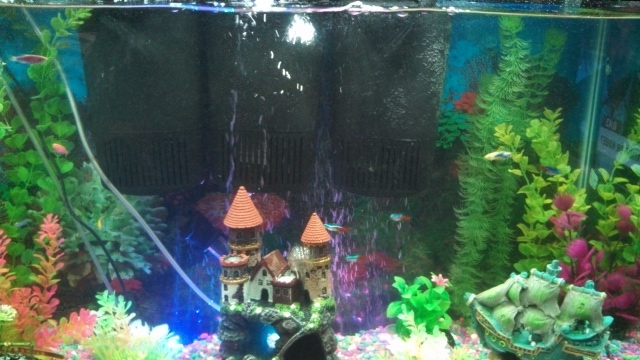 ammonia 0.02
Question
ammonia
Ammonia 0.02 is that a reason t
ammonia 0.02
Question
ammonia
Ammonia 0.02 is that a reason t
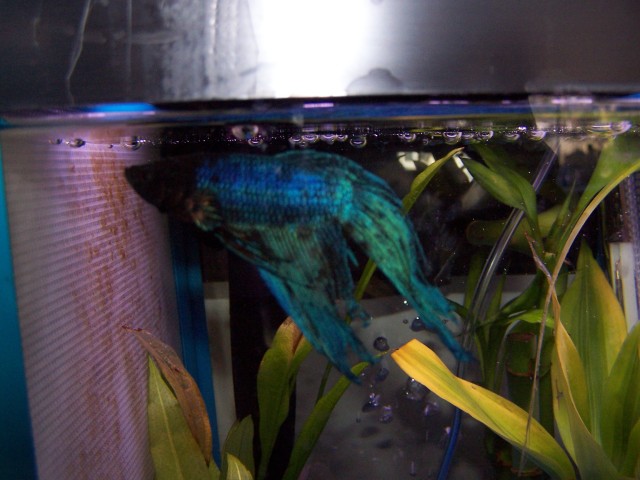 Betta Fish disease
QuestionMax
QUESTION: Hi Ron, I have been resear
Betta Fish disease
QuestionMax
QUESTION: Hi Ron, I have been resear
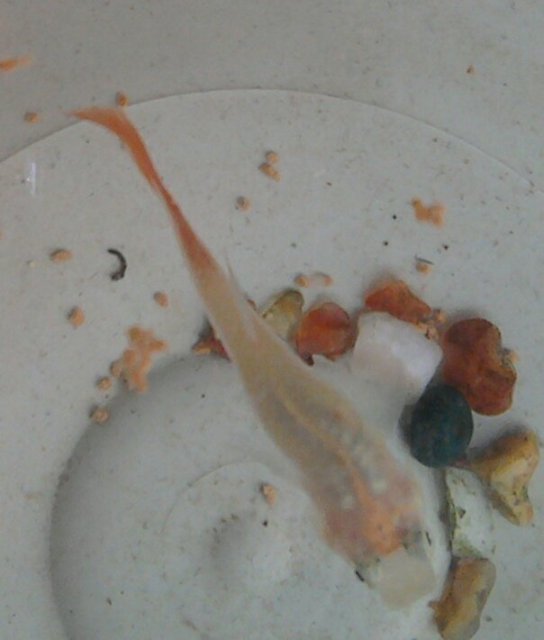 crucked spine
Question
Hi
I. Has earlier asked you about the
crucked spine
Question
Hi
I. Has earlier asked you about the
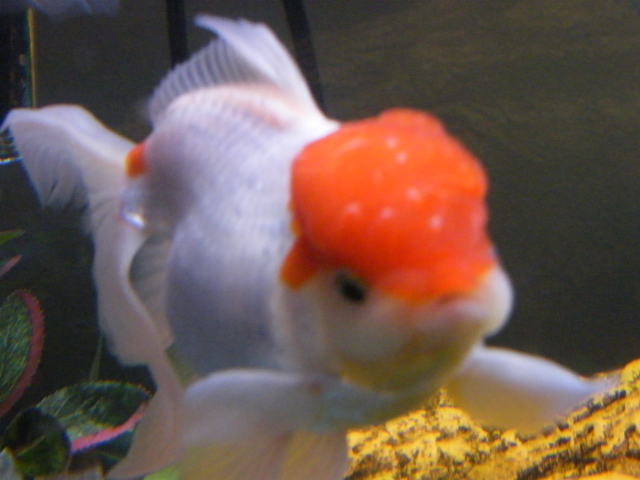 Fancy Goldfish problem
QuestionGoldfish with white fl
QUESTION: First,
Fancy Goldfish problem
QuestionGoldfish with white fl
QUESTION: First,
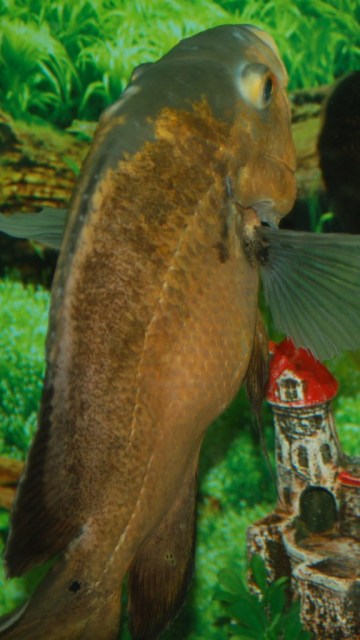 5 Year Old Female Oscar Large Lump On Each Side Trouble Breathing
Question
Here Is The Picture Of
Hello Ron.
5 Year Old Female Oscar Large Lump On Each Side Trouble Breathing
Question
Here Is The Picture Of
Hello Ron.